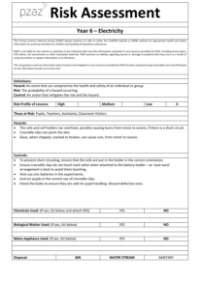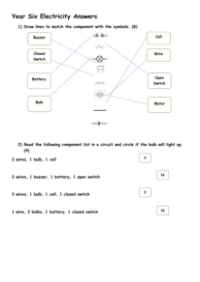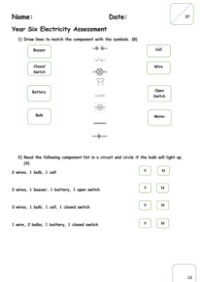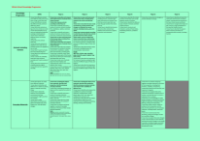Electricity - Keywords

Science Resource Description
Electricity is a fundamental form of energy that is created through the movement of electrons. It powers countless devices, some of which can operate on batteries while others need to be connected to mains electricity, the standard supply from a power station. In the UK, plugs designed for mains electricity typically feature three prongs. Appliances, such as fridges and washing machines, are common devices that require electricity to function and are often found on sale in department stores. A plug is used to establish a connection between an appliance and the mains, allowing the appliance to operate.
A circuit represents a pathway made from an electrical conductor that permits the flow of electrical current. For a circuit to function and allow current to flow, it must be complete. An open circuit, on the other hand, is not fully connected, preventing the current from circulating. A cell is a single unit that generates current within a circuit, and when two cells are combined, they form a battery. Each cell contains electrodes made from conductive material to facilitate the entry or exit of electricity, with one electrode being positive and the other negative. Various components, such as bulbs, switches, and motors, each serving a specific purpose, can be included in a circuit. Conductors, like metals and graphite, allow electricity to pass through them, while insulators, such as plastic, prevent the flow of electricity. Wires, typically made of metal, are used to connect components in a circuit, and circuit symbols help to simplify and clarify circuit diagrams. Voltage is the force with which a battery pushes electricity around a circuit, and it is measured in volts (V). Current, the measure of the flow of electrons, is quantified in amps (A).






